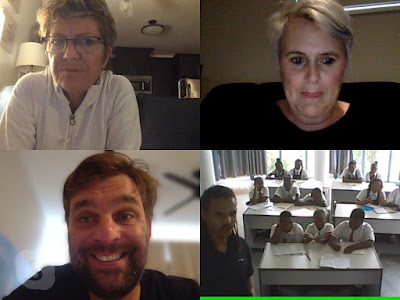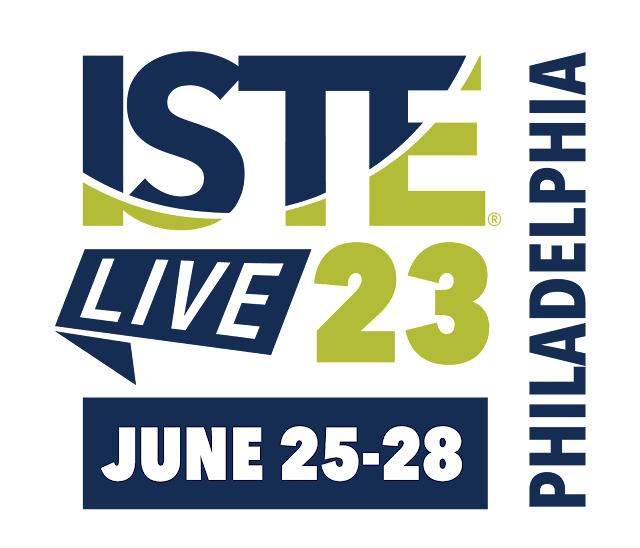Teaching the SDGs in Tanzania
Over recent weeks I have been honored to be involved in connecting to the students of the Pugu Innovation School in Tanzania through Skype lessons.
The lessons involve team teaching based around the UN Sustainable Development Goals, a collection of 17 global goals set by the United Nations General Assembly in 2015. These goals have the power to end poverty, fight inequality, and stop climate change. I have in the last two weeks had the opportunity to co-teach with amazing global educators Bronwyn Joyce from Australia, Rachel Chisnall from New Zealand and Bernadine Reeb from Canada.
The first lessons have focused on introducing the students to the SDGs from a global perspective. Bronwyn focused on clean energy related to the coal industry in Australia, Rachel on life underwater relating to the plight of Hector's dolphin in New Zealand and Bernadine access to safe water in Canadian indigenous communities. Both the students and I have learned so much!
My own SDG of choice is SDG 12 related to responsible consumption and production which I have illustrated through my own school's attempts to recycle plastics and reuse them to reduce our consumption.
The first lessons have focused on introducing the students to the SDGs from a global perspective. Bronwyn focused on clean energy related to the coal industry in Australia, Rachel on life underwater relating to the plight of Hector's dolphin in New Zealand and Bernadine access to safe water in Canadian indigenous communities. Both the students and I have learned so much!
My own SDG of choice is SDG 12 related to responsible consumption and production which I have illustrated through my own school's attempts to recycle plastics and reuse them to reduce our consumption.
The students are curious and ask difficult questions! Last lesson a couple of boys discussed the space program and the physics of space flight, others have asked how they can apply the SDGs to their local communities especially around safe water. I am excited to see what they come up with over time and their curiosity can be harnessed to inspire change in their communities.
For those who are interested in being involved, the Lab Schools curriculum has been developed by 20 experts and has been published for free in ten languages at the website, www.innovationsdglab.com, and promotes other learning approaches like collaborative learning and flipped learning.
The innovation schools are the brainchild of Koen Timmers and Jane Goodall, world-renowned primatologist and anthropologist, who founded the Roots & Shoots program with the goal of bringing together youth to work on environmental, conservation, and humanitarian issues and I thank them for the opportunity to be part of this project and look forward to seeing where it leads.






Comments